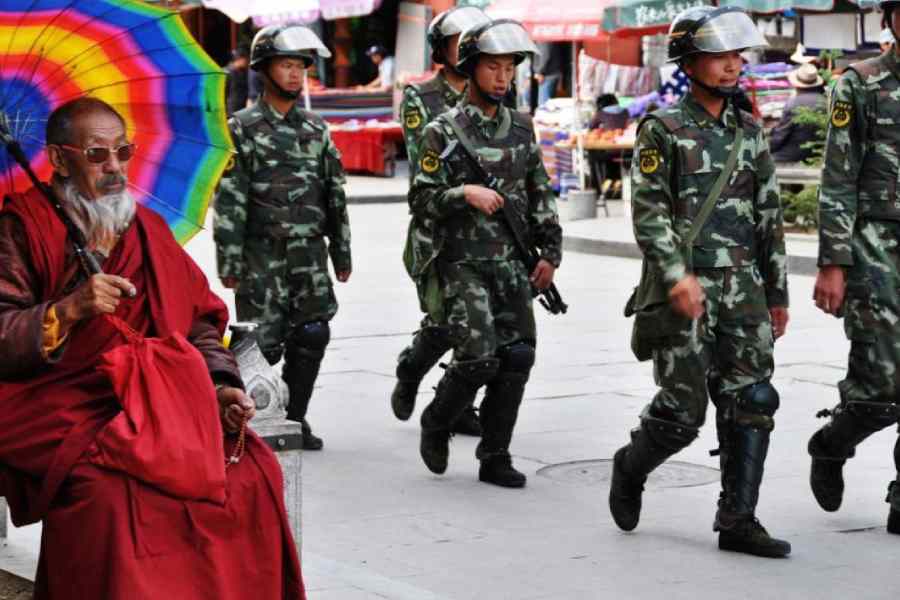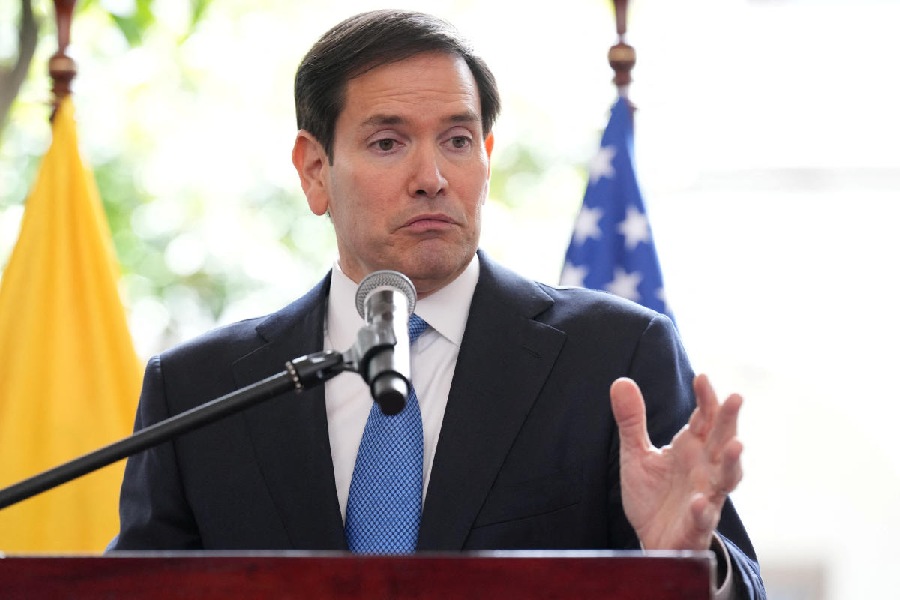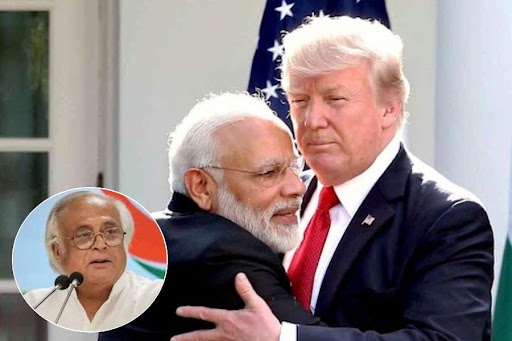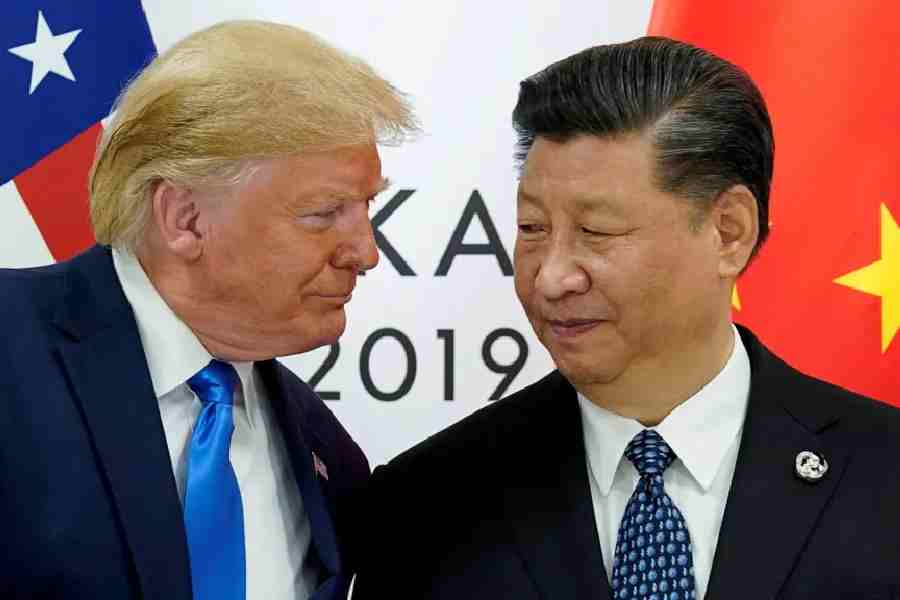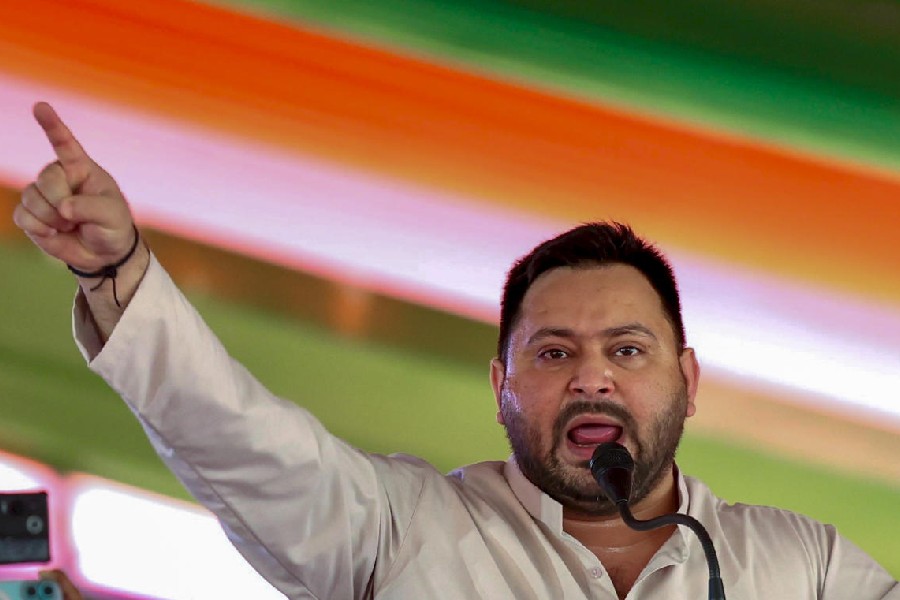IMPERIAL GAMES IN TIBET: THE STRUGGLE FOR STATEHOOD AND SOVEREIGNTY
By Dilip Sinha
Macmillan, Rs 599
The Galwan clash of June 2020 brought home the fact to all Indians that China constitutes this country’s principal, comprehensive, contemporary and future threat. The bedrock of meeting this challenge has to lie in the Indian people developing an accurate knowledge about China. At the same time, a sharper and an objective look at historical developments is needed to comprehend the processes that led to intractable Sino-Indian bilateral differences. Fortunately, the former diplomat and scholar, Dilip Sinha, has painstakingly addressed a part of this history in his excellent book.
The book’s title suggests that it deals only with the interaction of the colonial powers — Britain and Russia — in the 19th and the early-20th centuries over Tibet as part of their contest and accommodation in Central Asia and in the periphery of British possessions in the Indian subcontinent. However, while Sinha competently and extensively focuses on this ‘game’, he also brings China into the picture on Tibet, treating it as a player in the 19th century even though its power was greatly diminished then under the Manchu dynasty. In addition — it is here that Sinha needs to be specially complimented — the book examines the basic geographies and the histories of Tibet and China. While doing so, it also sheds light on their relations through the ages. Sinha’s work can serve as an invaluable and insightful primer on these aspects. What becomes clear is that China’s overwhelming majority, which consists of the Han people, was under the domination of foreigners — the Mongols and the Manchus — for centuries. Indeed, its last dynasty, the Manchus, which ruled from 1644 to 1912, was culturally Sinicized but maintained its distinct individuality. And it was under them that Tibet and Kashgaria were conquered. The latter and Zungaria, inhabited by Turkic-speaking people, “were given a new Chinese name Xinjiang… meaning New Territory”.
Sinha examines the entry of Buddhism into Tibet and the emergence of the Gelug Buddhist sect in the 14th century which is led by the Dalai Lama. He also traces the complexities of the historical relations between China and Tibet. The extension of Chinese sovereignty over Tibet is not what is projected by China today. Their ties were essentially ecclesiastical in nature though there were occasions when China’s writ was acknowledged by Tibet. The fact is that Russia and Britain, after over a century of suspicion and competition in Eurasia, came to the conclusion that they needed to create territorial buffers where there was the danger of clashes if their colonial possessions came into direct contact. Thus, in 1907, Britain and Russia reached an agreement on Afghanistan as a buffer, the creation of zones of influence in Iran, and, on Tibet, agreed “In conformity with the admitted principle of the suzerainty of China over Tibet” as well as “not to enter into negotiations with Tibet except through the intermediary of the Chinese government”. Both countries also pledged to honour Tibet’s territorial integrity.
The fall of the Manchus in 1912 and the next four decades of turmoil in China which ended only with the communist victory in October 1949 meant that Tibet exercised independence during this period. But all through these decades and later, the principal Western powers maintained the fiction of Tibet being under China’s suzerainty. In vain did the Tibetans protest to all, including the United Nations, that they were being invaded by China and robbed of their independence. Sinha brilliantly reveals the Tibetan travails as China, encouraged by the Soviet Union, attacked and ‘conquered’ Tibet.
Sinha objectively goes into the details of how India dealt with the Tibet issue. It is a controversial subject and Sinha illuminates its different facets. There were no ready answers for Prime Minister Jawaharlal Nehru who approached the issue from his standpoint of anti-colonialism and the need to cement Sino-Indian ties. The Chinese were determined to re-establish their control over Tibet and India did not stand in their way. That led, as Sinha notes, to “an endless security nightmare”.
Sinha’s book deserves to be widely read and its lessons imbibed by the country’s political class and strategic community so that India addresses the Chinese challenge realistically.

